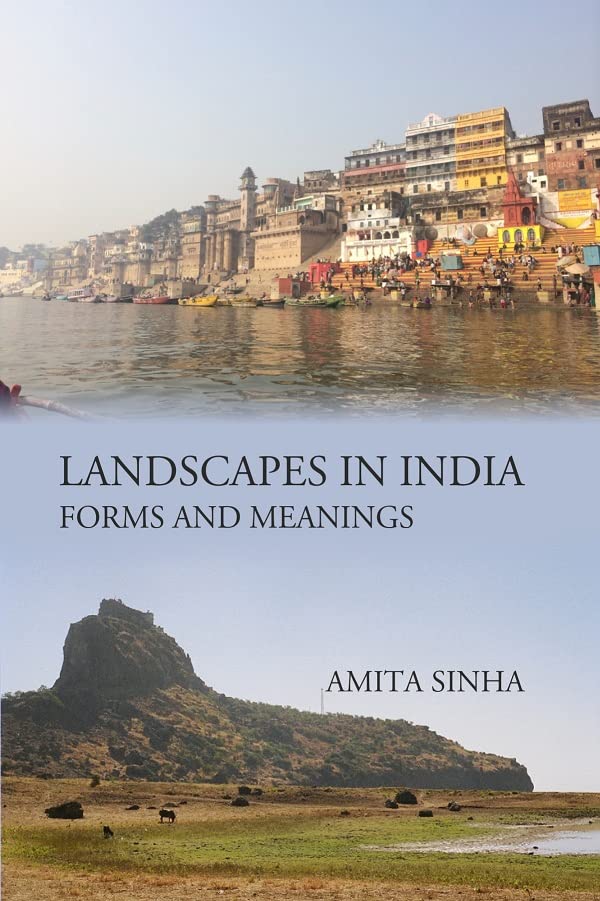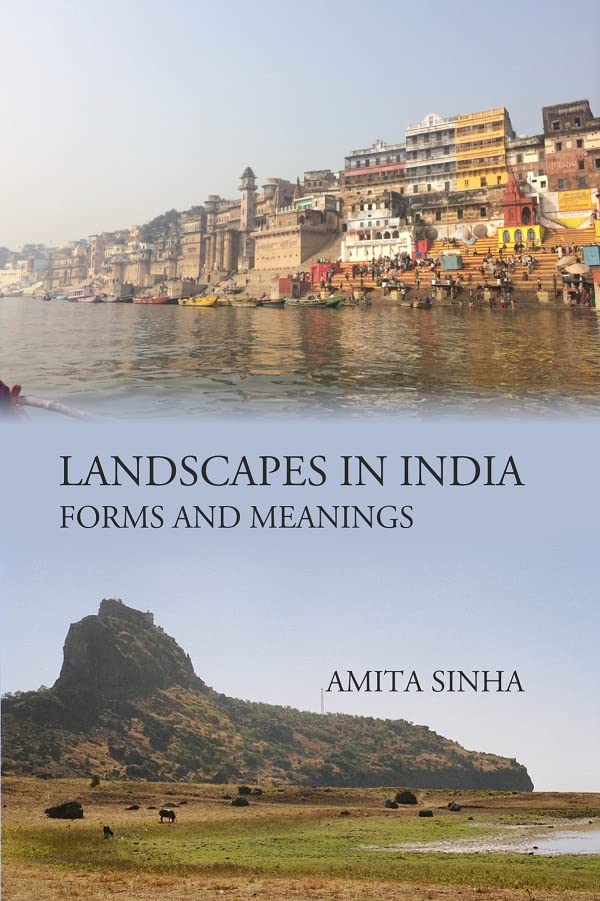LANDSCAPES IN INDIA: FORMS AND MEANINGS
LANDSCAPES IN INDIA: FORMS AND MEANINGS
Couldn't load pickup availability
About The Book : Landscapes in India, as elsewhere, inspire built forms, mirror social order, and represent cultural identity. They can be read like languages, as arrangements of symbols that reveal cul tural values. Natural archetypes can be traced to the transcendentalist view of nature and are expressed in rivers, mountains, or a combination of hills, water bodies and tree groves, found in every sacred site in the Indian subcontinent . Spatial archetypes are the basis of architectural form and space insettlements and buildings. South Asian landscapes—rich with for malized symbols, from the Cosmic Tree in sacred groves to cities patterned on mandalas—are expressive of archetypes universal to humankind and externalize deeply felt emotions of relationship with the divine and social kinship. This book explores the interface between nature, culture, and the built landscape by tracing the meaning of archetypal symbols in Indic mythology, ritual space, vernacular architecture, and contemporary design practice. About The Author : Amita Sinha is the author of Cultural Landscapes of India: Imagined, Enacted, and Reclaimed (University of Pittsburgh Press, 2020) that won the 2022 J.B. Jackson Book Award. She is the co-editor of Cultural Landscapes of South Asia: Studies in Heritage Conservation and Management (Routledge, 2017) that won the 2018 Environmental Design Research Association (EDRA) Award. She was a Senior Fulbright Researcher at the Indian National Trust for Art and Cultural Heritage (INTACH) in New Delhi in 2009 and was the recipient of F u l bright - Nehru Academic and Professional Excellence Award Fellowship in 2018-19. She received the National Merit Award, American Society of Landscape Architects for Cultural Heritage Project on Taj Mahal, India, in 2001 . A former Professor in the Department of Landscape Architecture at the University of Illinois at Urbana Champaign (1989-2018).......
Share

